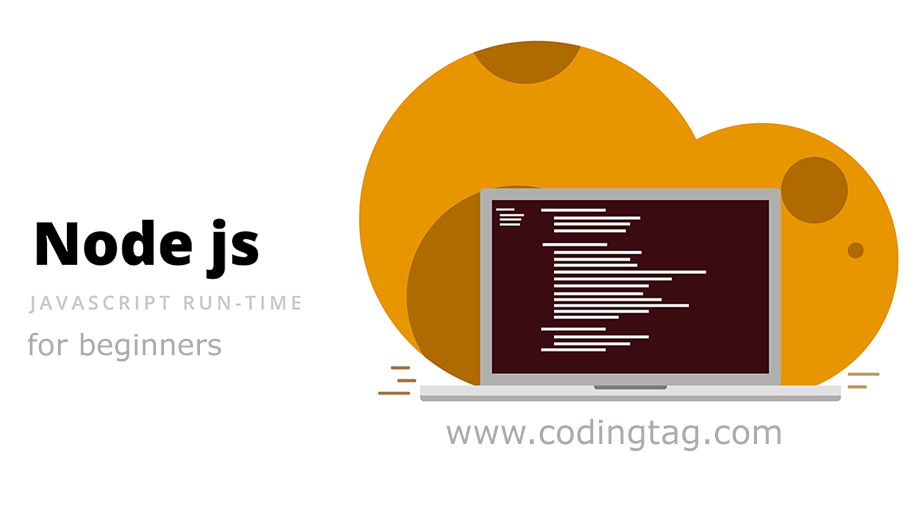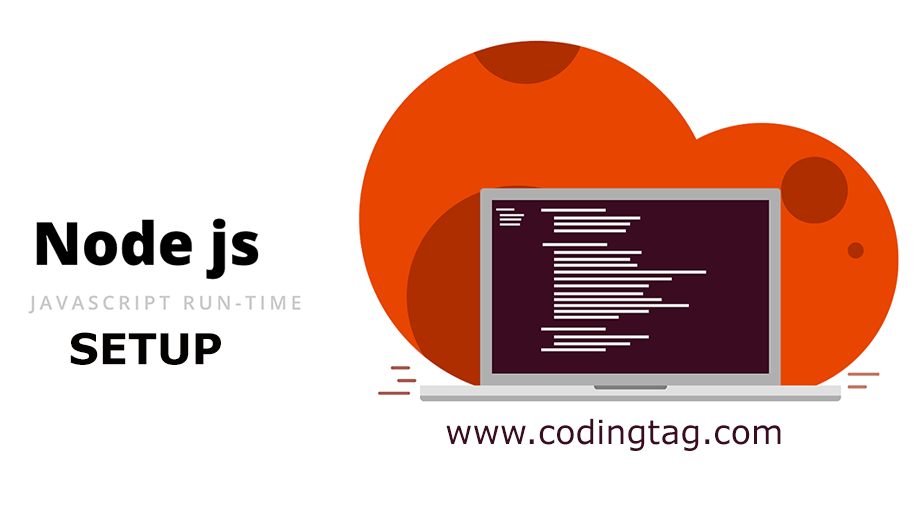cipher.update() Method in Node.js
0 109
The cipher.update() method in Node.js is a fundamental part of the encryption process provided by the crypto module. This method is used to supply data to the Cipher object for encryption. It can be invoked multiple times with new data chunks until the encryption is finalized using the cipher.final() method.
What is cipher.update()?
The cipher.update() method processes the input data and returns the encrypted output. It can handle data in various formats, such as strings, Buffers, TypedArrays, or DataViews. If the input is a string, an inputEncoding must be specified. The method returns the encrypted data as a Buffer by default, or as a string if an outputEncoding is provided.
Syntax
cipher.update(data[, inputEncoding][, outputEncoding])Parameters:
data: The input data to be encrypted. Can be a string, Buffer, TypedArray, or DataView.inputEncoding(optional): The encoding of the input data if it's a string. Common values include 'utf8', 'ascii', or 'latin1'.outputEncoding(optional): The encoding of the output data. If specified, the method returns a string; otherwise, it returns a Buffer. Common values include 'hex', 'base64', or 'latin1'.
Return Value:
- Returns the encrypted data as a Buffer or string, depending on the specified
outputEncoding.
Example Usage
const crypto = require('crypto');
// Define algorithm and password
const algorithm = 'aes-192-cbc';
const password = 'Password used to generate key';
// Generate key
const key = crypto.scryptSync(password, 'salt', 24);
// Create initialization vector
const iv = Buffer.alloc(16, 0);
// Create cipher
const cipher = crypto.createCipheriv(algorithm, key, iv);
// Encrypt data
let encrypted = cipher.update('Some clear text data', 'utf8', 'hex');
encrypted += cipher.final('hex');
console.log('Encrypted data:', encrypted);
In this example, we use the crypto module to encrypt a string. The cipher.update() method processes the input data, and cipher.final() completes the encryption, returning any remaining encrypted data.
Important Considerations
- Multiple Calls: You can call
cipher.update()multiple times with new data chunks before finalizing the encryption withcipher.final(). - Error Handling: Calling
cipher.update()aftercipher.final()will result in an error. - Data Types: Ensure that the input data and encodings are correctly specified to avoid unexpected results.
Conclusion
The cipher.update() method is essential for encrypting data in Node.js applications. By understanding how to use this method effectively, you can implement robust encryption mechanisms to secure sensitive information. Remember to always finalize the encryption process with cipher.final() to ensure all data is properly encrypted.
If you’re passionate about building a successful blogging website, check out this helpful guide at Coding Tag – How to Start a Successful Blog. It offers practical steps and expert tips to kickstart your blogging journey!
For dedicated UPSC exam preparation, we highly recommend visiting www.iasmania.com. It offers well-structured resources, current affairs, and subject-wise notes tailored specifically for aspirants. Start your journey today!

Share:




Comments
Waiting for your comments